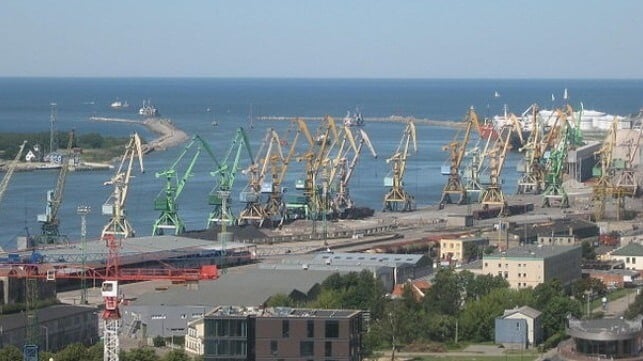Klaipeda Invests in the Baltic States' First Green Hydrogen Project

The Lithuanian Port of Klaipeda is set to invest $11.4 million in a green hydrogen production and refueling station, a project that it believes to be the first in the Baltic States.
Klaipeda, which has ambitions of becoming a leader in green technologies in the Baltic region, has contracted MT Group to implement the project. Construction is slated to begin next year.
The green hydrogen will be produced using electrolysis with a polymer electrolyte membrane (PEM) electrolyzer. MT Group, an EPC contractor in critical energy and industrial infrastructure projects across Europe, will undertake the design, supply, installation and commissioning of the equipment for the hydrogen station. This includes administration of the project management and construction processes, plus two years of warranty maintenance for the station.
Electricity demand for hydrogen production is expected to reach up to 3 MW, and the new station is expected to produce around 500 kilograms of hydrogen per day, amounting to up to 127 tons annually. The hydrogen will be stored in high pressure (550 bar) and very high pressure (1000 bar) stationary tanks for an uninterrupted supply.
The green hydrogen will be used for port operations, rail and road transport. In the future, the port has plans to refuel commercial ships arriving at the port, once more ships transition to clean fuels.
After an environmental impact study, Port of Klaipeda settled on an industrial site close to residential buildings, a trend that is not unique considering there are many hydrogen production facilities near residential areas across the globe.
Klaipeda commands a 37 percent market share among the Baltic ports, and it is already investing $13 million in the country’s first hydrogen-electric ship, which is designed for waste management.
The 42-meter tanker (being built by the Western Baltija Shipbuilding) will have the capacity to collect 400 cubic meters of liquid waste. It will be equipped with two electric motors powered by batteries and an on-board hydrogen fuel cell system.
